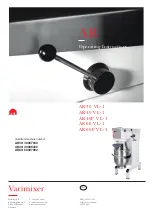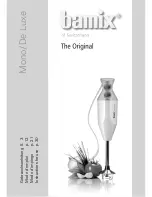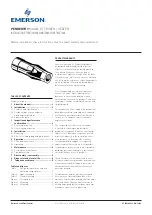
ruby standard configuration User Manual
Version: 6.4.0/2
12/179
4. The Hardware
9
MADI 1 to 4 (via SFP)
MADI ports 1 (and 2) can be used to connect multi-channel digital audio (1 x 64-channels). The two ports
provide main and redundant connections: MADI 1 is the primary port and MADI 2 is the redundant port. The
redundant connection is optional.
In the ruby standard configuration, MADI ports 3 and 4 are not available for external use.
10
WCLK IN & OUT
WCLK IN can be used to connect an external wordclock sync reference. Other reference options are PTP,
MADI or Internal.
WCLK OUT always provides an output of the current system reference.
11
GPIO
This connector provides 8 x GPI (optocouplers) and 8 x GPO (silent and self-healing relays) for local signaling
and switched functions.
4.3.2
Rear View
12
Expansion Card Slots x 8 (optional)
Up to 8 plug-in IO cards can be fitted to the expansion slots at the rear of the frame. All cards are hot-
pluggable. Slot 1 is always fitted with a STUDIO IO card and slot 2 with a MIC/LINE card. Slots 3 to 8 can be
freely configured with any combination of LINE IN, LINE OUT and AES3 IO.
13
CASE
The CASE grounding screw should be used to ground the frame.
14
12V DC Input & AC Mains Input
Every device comes with dual power feeds: AC and DC. To use the DC input, you will need an external 12V DC
power supply. The 955/50-80 power supply can be ordered separately.
If both inputs are connected, then AC provides the main and DC the redundant power supply.
Power Core
MUST
be connected to the mains using the power cable supplied with the system.













































